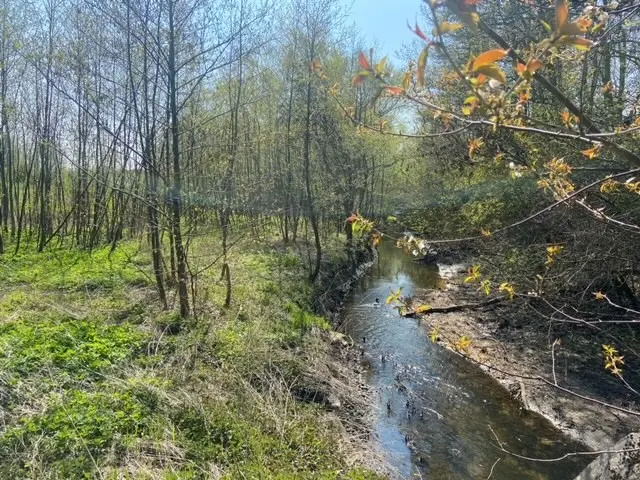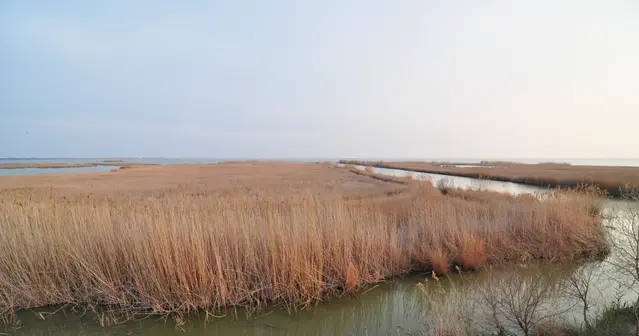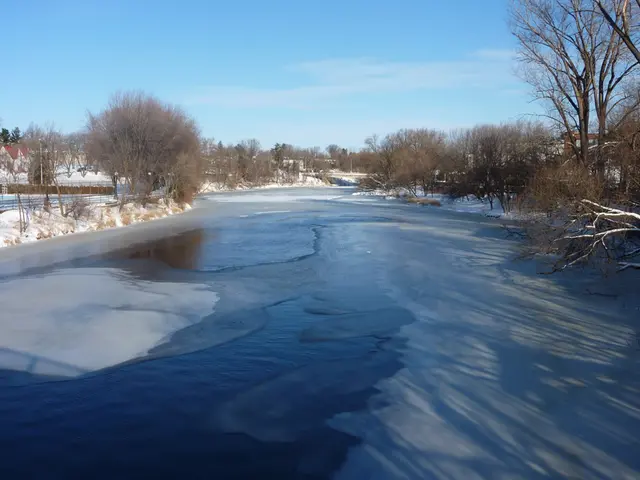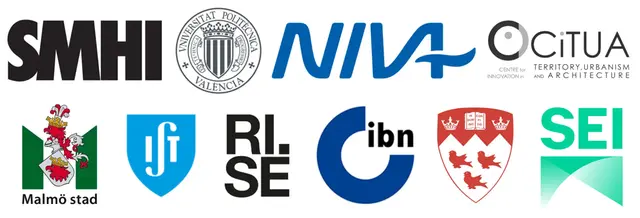NBSPLUS – Nature-based solution services promoting local biodiversity, well-being and scalable solutions
Human-induced climate impacts and biodiversity loss severely impact ecosystems and communities globally. Nature-based solutions (NBS) are described to offer cost-effective, multifunctional measures safeguarding biodiversity, enhancing water cycle sustainability and promoting human well-being. Yet, multiple barriers and challenges to the holistic and just implementation of NBS remain. NBSPLUS aims to overcome the limitations of NBS, launching the concept of NBS Services.

Background
Intensified land-use change and climatic extremes all affect the hydrological cycle and thereby water availability, which impacts ecosystems and human well-being. Nature-based Solutions (NBS) are described as highly beneficial for managing social-ecological systems in multiple national and international agreements, and seen as a critical component for developing sustainable societies in a changing climate.
However, there is a clear need for improving NBS – from the design and planning stages through to monitoring and evaluation– to ensure the promise of their multifunctional aspects are realized. Improved NBS implementation is also expected to support just transformative change, while making water resources more sustainable and resilient.
NBSPLUS uses water-centered challenges to develop a suite of transdisciplinary approaches urgently needed to widen the lens from sector-specific, single-risk focused NBS roll-out, to ensure multifunctional, cross-sector measures can be prioritized.
Project objective
The main objective of NBSPLUS is to address the contribution of NBS for just, transformative change and launch the concept of NBS Services.
The project will develop and upscale effective participatory planning for NBS, promoting balanced awareness and consideration of biodiversity, justice and well-being aspects in rural and urban climate resilience planning.
Research questions
- What are the current assumptions and perceptions of decision-makers, which may influence the design and evaluation of NBS performance and thus biodiversity and well-being outcomes?
- How does local awareness and perception of NBS benefits vary across societal groups, and to what extent do they influence the governance capacity to advance climate resilience activities?
- To what extent can novel biodiversity indicators supplement existing NBS knowledge frameworks to facilitate stronger stakeholder engagement in NBS designs?
- How can quantification of synergies and trade-offs in whole-system management be improved to support decision-making and social-ecological resilience to extremes, using NBS?
- How can participatory planning support co-creation effectively for NBS to foster ownership and acceptance and ensure a just transition towards resilience development?
Main activities
NBSPLUS will:
- Develop a multi-level governance framework to assess the aims, effectiveness and social-ecological impacts of NBS;
- Explore the value of novel bioindicators and data collection through citizen science approaches;
- Develop a habitat-overarching biodiversity monitoring framework for assessing the ecological consequences of NBS adaptation;
- Stress-test NBS efficacy through hydrological modelling, to resolve land-use and climate-induced pressures.
- Co-design scalable tools to increase stakeholder engagement in city-to-catchment scale NBS assessments.
NBSPLUS will produce new products and methods relevant for those working with the design, implementation and evaluation of multifunctional and just NBS measures. These will be co-developed for use cases in Sweden, Spain and Canada, demonstrating how NbS services can seamlessly support both new and ongoing NBS implementation efforts.
Key outcomes will be disseminated in the form of guidelines for NBS planning and management, protocols for biodiversity sampling and monitoring, learning modules for how to incorporate NBS Services into participatory planning, as well as a webinar and multi-language policy brief.
Use cases
Riseberga stream, Malmö, Sweden
The largest recipient of stormwater and surface runoff in Malmö. A narrow, deep streamflow results in fast water level changes during intense precipitation events, which is complicated by heavily impermeable industrial areas along stream.
Recent adaptation work has developed an ecological stormwater NbS system to delay and clean the water, as well as prevent erosion and floods.
NBSPLUS will contribute to ongoing efforts by ensuring the possible services provided by proposed NbS are not limited to combating one ‘impact type’, but are rather seen as a holistic portfolio.

Riseberga stream near Jägersro, Malmö.
Jucar and Turia catchments, Valencia, Spain
Representative of Mediterranean climate with irregular rainfalls and water scarcity issues in spring and summer. These basins are among the most vulnerable, occasionally suffering severe floods and droughts.
To address the issues, sustainable urban drainage systems, constructed wetlands and floodplains have been developed to mitigate flood effects, contributing to increased water security during droughts.
NBSPLUS will help stakeholders and managers to understand the benefits of NbS for mitigating floods, improving groundwater quality, enhancing water security and river biodiversity during droughts, including benefits for well-being and social equity.

Albufera, an important lake and wetland, located in the Júcar basin near Valencia.
Abrinord Watershed, Quebec Province, Canada
The area faces general challenges regarding degradation of water quality, wetlands, and ecosystem services, as well as streambank erosion, spread of invasive species, and competing or excessive use of water resources.
Ongoing and planned NbS include preserving and restoring wetland ecosystems and shoreline integrity, as well as promoting the use of sustainable forest practices.
NBSPLUS will contribute to these efforts by providing participatory integrated approaches to map and evaluate how NbS can contribute to the diverse objectives of the watershed management plan (social, ecological and economic).

North river in the Saint-Jérôme area, Abrinord Watershed.

About NBSPLUS
Project period
December 2024 to 2027.
Financing
The European Biodiversity Partnership Biodiversa+ and Formas, Estonian Research Council, FCT: Foundation for Science and Technology, Government of Spain, Fundación Biodiversidad, AEI: State Research Agency, The Research Council of Norway, Fonds de recherche du Québec.
Contact SMHI
Project lead Ursula McKnight.
Partners
- Swedish Meteorological and Hydrological Institute, Norrköping, Sweden
- Center for Innovation in Territory, Urbanism, and Architecture, Lisbon, Portugal
- Norwegian Institute for Water Research, Oslo, Norway
- Polytechnical University of Valencia, Valencia, Spain
- Stockholm Environmental Institute – Tallinn Centre, Tallinn, Estonia
- McGill University, Sainte Anne de Bellevue, Canada
- Research Institutes of Sweden, Gothenburg, Sweden
- Malmö City, Malmö, Sweden
- Partner and Subcontractor: Institute of Biodiversity Network, Regensburg, Germany
- Stakeholders: Abrinord Watershed Organisation, Quebec, Canada; Confederación Hidrográfica del Jucar, Spain

